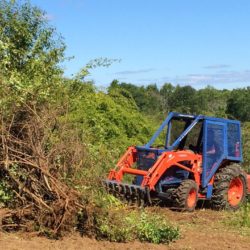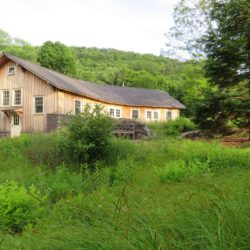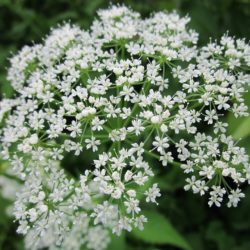By Laura Kuhn
What if humans disappeared tomorrow? The temperate forest of the US Northeast would quickly return to the forest it wants to be. Every garden is, by virtue of human influence, an interventionist act. We as ecological designers face a balancing act of pleasing our clients and letting nature be wild.













